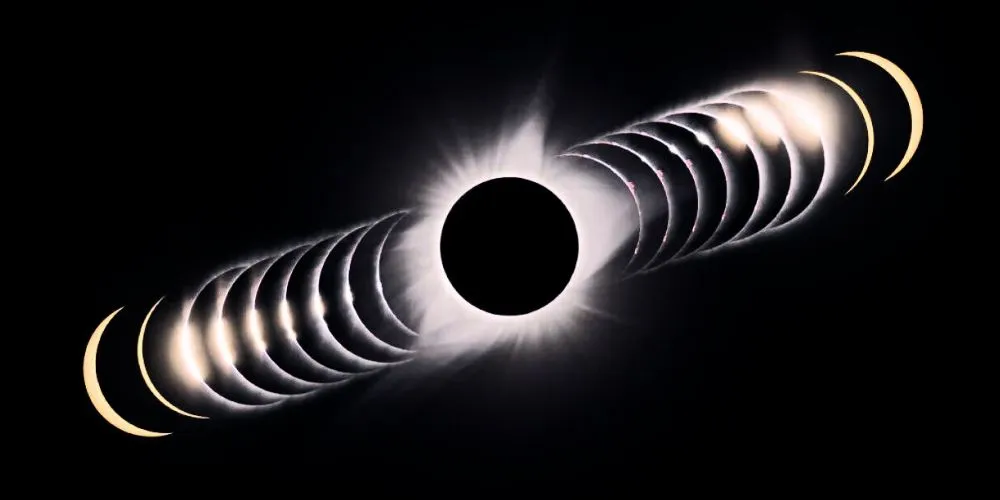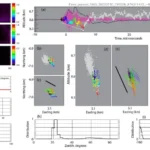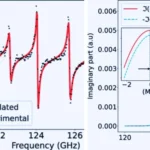Key Points:
- The total solar eclipse on April 8th offers a rare opportunity to study the Sun’s corona, providing insights into the corona’s behavior during the periods.
- The forthcoming eclipse will be visible to millions across North America, from Sinaloa, Mexico, to Newfoundland, Canada.
- Ground-based and airborne scientists will study the corona’s dynamics and phenomena, such as coronal mass ejections.
- Eclipse offers anticipation and excitement for researchers seeking to unlock mysteries of the Sun’s outer atmosphere.
Researchers in North America are eagerly anticipating the upcoming total solar eclipse on April 8th. This event, coinciding with the solar maximum, promises to reveal valuable insights into the mysteries surrounding the corona’s structure and behavior. It will offer a unique opportunity to observe the Sun’s corona, its outer atmosphere, in unprecedented detail.
Despite total eclipses occurring approximately every 18 months, their paths often traverse remote regions, limiting widespread observation. However, the forthcoming eclipse will be visible to millions across North America, from Sinaloa, Mexico, to Newfoundland, Canada, presenting an exceptional opportunity for scientists.
The corona, known for its crown-like appearance, has long puzzled astronomers due to its significantly higher temperature than the solar surface. This total eclipse during the solar maximum will allow researchers to study the corona’s intricate structures and phenomena, such as sunspots and plasma loops, in greater detail.
Researchers at Predictive Science utilized real-time satellite data and supercomputer simulations to simulate the corona’s appearance during the eclipse. Their prediction revealed complex structures known as streamers and coronal holes, providing valuable insights into the Sun’s magnetic field dynamics and space weather phenomena.
During the eclipse, ground-based scientists will focus on studying the Sun’s chromosphere, a thin layer above the solar surface housing prominences and filaments. This layer offers critical insights into solar activity, including coronal mass ejections, potentially threatening Earth’s satellites and infrastructure.
A team of researchers equipped with high-speed cameras and sensors will capture minute changes in the corona during the eclipse’s brief duration. Meanwhile, the Airborne Coronal Emission Surveyor (ACES) team will fly above the clouds in a Gulfstream V jet to observe the corona unhindered by atmospheric interference.
For scientists like Shadia Habbal, this eclipse marks an opportunity further to understand the dynamics of solar plasmas and their interactions. Despite her extensive experience with eclipses, each event offers a unique spectacle, fueling anticipation and excitement among researchers. As researchers embark on this scientific endeavor, the forthcoming eclipse promises to unlock long-standing mysteries surrounding the Sun’s corona and advance our understanding of solar phenomena.










